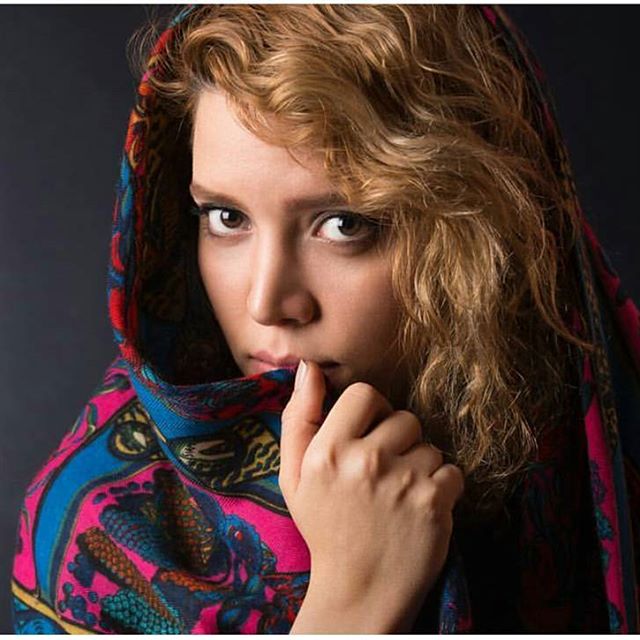Women in Iran
Women in Iran discusses the history, contribution, aspects, and roles of women in Iran. Women in Iran have always played fundamental, crucial, and representative roles in the long history of Iran.

History
Ancient Iran
Archeological excavations at Shahr-e Sookhteh "Burnt City," a prehistoric settlement in the Sistan-Baluchistan province of southeastern Iran, has revealed that the women of the 4th–3rd millennium BCE community maintained a high level of socio-economic status. Of the seals discovered in graves there, 90% were in the possession of women,who in turn made up over 60% of the population. The distribution of the seals, which as instruments of trade and government represented economic and administrative control, reveals that these women were the more powerful group in their prehistoric society.
The early Achaemenid-era Persepolis fortification and treasury tablets refers to women in three different terms: mutu, irti and duksis. The first refers to ordinary (non-royal) women; the second to unmarried members of the royal family; and the last duksis to married women of royalty. Such differentiated terminology shows the significance of marital status and of a woman's relationship to the king. The tablets also reveal that women of the royal household traveled extensively and often personally administered their own estates. The queen and her ladies-in-waiting are known to have played polo against the emperor and his courtiers. The only limits on the extent of the authority exercised by the king's mother were set by the monarch himself.
In the tablets, "non-royals and the ordinary workers are mentioned by their rank in the specific work group or workshops they were employed. The rations they received are based on skill and the level of responsibility they assumed in the workplace. The professions are divided by gender and listed according to the amount of ration. Records indicate that some professions were undertaken by both sexes while others were restricted to either male or female workers. There are male and female supervisors at the mixed workshops as evident by the higher rations they have received with little difference in the amount of rations between the two sexes. There are also occasions where women listed in the same category as men received less rations and vice versa. Female managers have different titles presumably reflecting their level of skill and rank. The highest-ranking female workers in the texts are called arashshara (great chief). They appear repeatedly in the texts, were employed at different locations and managed large groups of women, children and sometimes men working in their units. They usually receive high rations of wine and grains exceeding all the other workers in the unit including the males." In addition, pregnant women also received higher rations than others. Women with new-born children also received extra rations for a period of one month.
A few experts claim that it was Cyrus the Great who twelve centuries before Islam, established the custom of covering women to protect their chastity. According to their theory, the veil passed from the Achaemenids to the Hellenistic Seleucids. They, in turn, handed it to the Byzantines, from whom the Arab conquerors inherited it as hijab, transmitting it over the vast reaches of the Muslim world.
The Sassanid princess Purandokht, daughter of Khosrau II, ruled the Persian empire for almost two years before resigning. Also, during the Sassanian dynasty many of the Iranian soldiers who were captured by Romans were women who were fighting along with the men.
Persian women are depicted in many masterpieces of Persian miniatures.These are often used as sources to "trace through the sequence of women's fashion from earlier periods".
At the Battle of Ctesiphon (363) the victorious Roman soldiers prized young Persian women, seizing them as war booty.